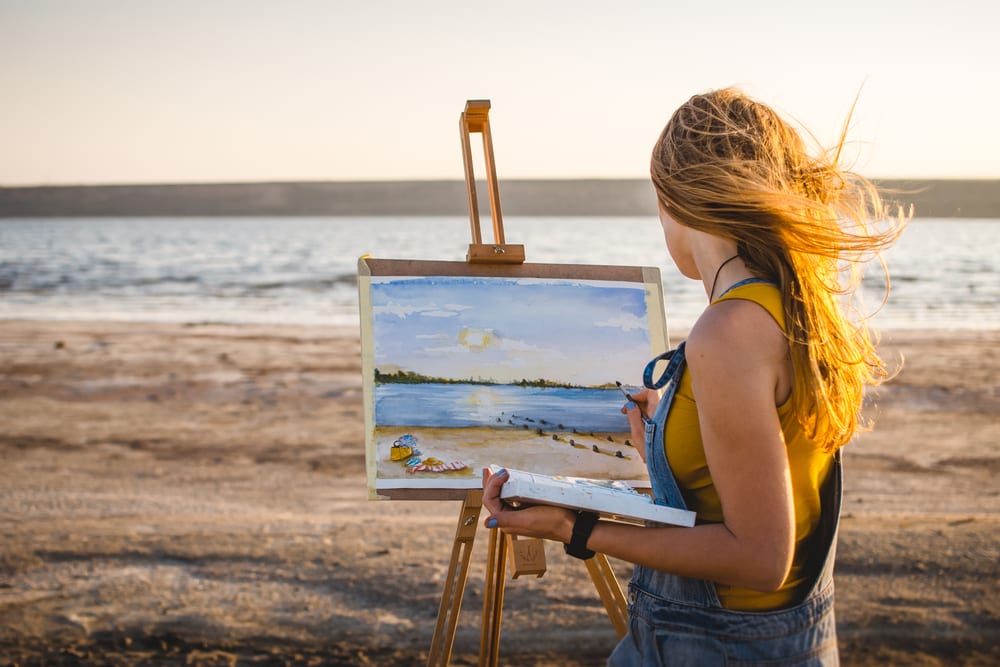Perfectly imperfect art
Perfectly imperfect art
Perfectly imperfect art
-
Hannah
-
Hannah

Recently, a memoir caught my eye. Published in February this year, Sounds Like Titanic by Jessica Chicceh Hindman is an account of her time playing the violin with a professional ensemble in New York City. Only she didn’t actually get to play the violin – none of the members of the orchestra did. In every performance, they mimed to a CD.
The scam was the brainchild of a man Jessica calls The Composer. What on earth was he thinking? According to Jessica, this was a case of a man who would not let a lack of talent hold him back from succeeding. In an article published in the Guardian, she explains that though the musicians could indeed play – some of them at a world-class level – he wanted them to mime because then ‘we sounded perfect [and] never had to rehearse’.
Ultimately, it is hard to have respect for The Composer’s artistic endeavour, because it was pretty much devoid of actual, honest art. We would respect him more if he had composed something himself and had the orchestra play it – no doubt imperfectly.
Because art is imperfect, by its very nature: it is the creative expression of people, and people are inherently, irrevocably imperfect. If we tell ourselves that the art we create – whether composing or painting or sculpting or writing – must be perfect, then we’ll fail before we make the first brush stroke or write the first word. Perfectionism is the enemy of art.
Remember when you were a child and you would sit before a sheet of paper and draw something imaginative, your pencil moving boldly over the paper? There was no fear of failure then, no clamour for perfection. You drew your princess or your knight or your dragon and you were happy with it. Perhaps you even coloured it in with pencils or crayons and slipped outside the lines in a few places. Art was joyful then, a pure expression of your feelings and fantasies.
I think that when we create art, we need to channel something of that child we once were. Be bold, be fearless. Allow ourselves to enjoy the process, not tie ourselves in knots over the perfection of every detail. Finish the artwork, and begin another.
Of course, I am not suggesting that we are lazy in our creative work and take no care over it. Before my own books are published, I edit rigorously, polishing them. But eventually the time will come to let that work go and move on to the next one; to share the perfectly imperfect art.
We hope that the people with whom we share our art, the readers in my case, will appreciate the soul of the piece and all its colour and expression and beauty. Maybe, in fact, they will love something in the work that we perceive as a flaw.
Flaws help us to identify with a work; to recognise ourselves in it. Take The Birth of Venus by Botticelli. Anatomical accuracy was all the rage in Renaissance art, and yet Venus is depicted with a swollen foot and a rather long neck – deliberate flaws, art critics think, because Botticelli didn’t want to portray the goddess of love as perfect.
Sometimes, in fact, it’s our most authentic, least ‘perfect’ work that really connects with the audience. Visiting the National Gallery in London to see an exhibition of works by the painter Raphael, journalist Neal Ascherson noted that: ‘Raphael set the gold standard for Renaissance art. But it’s when he paints least like Raphael that he’s most interesting.’ Ascherson found he was most drawn to a work in which Raphael painted ‘like an open-hearted Venetian and not a Roman careerist’.
Ultimately, when we create art and we appreciate art, it is as Leo Tolstoy wrote in Anna Karenina: ‘If you look for perfection, you’ll never be content.’ But when we accept that art is perfectly imperfect: then, what a wide and wonderful artistic world we have to explore.